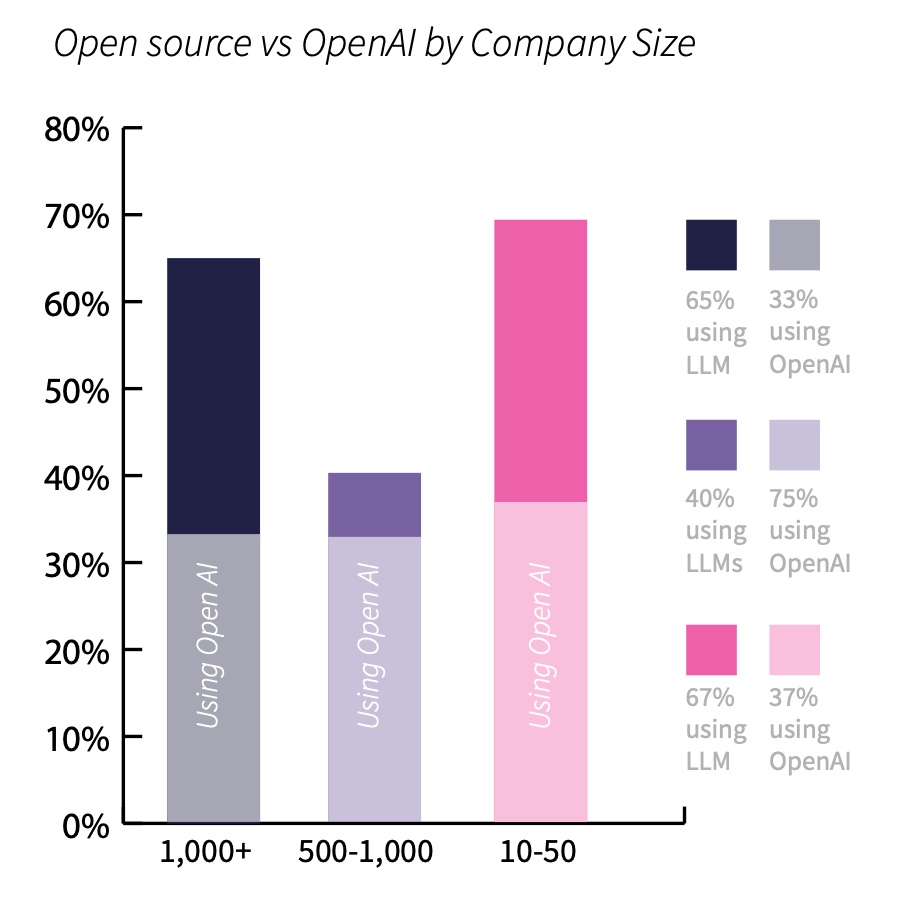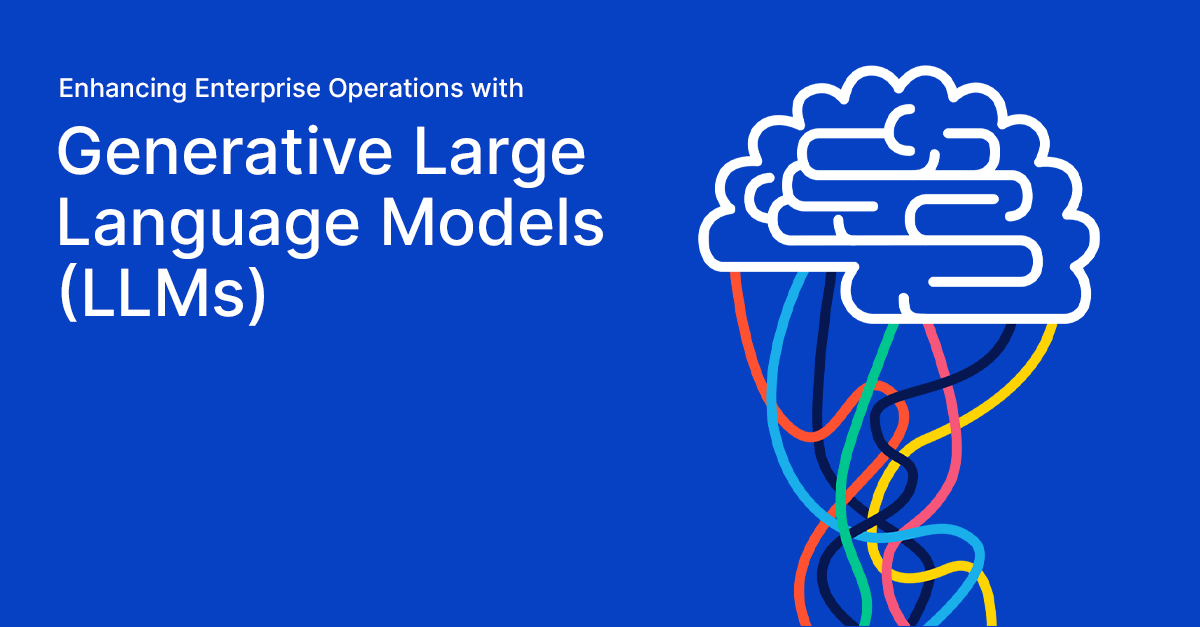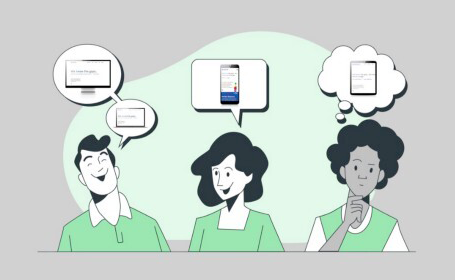Enterprises today are inundated with data, yet much of its potential remains untapped. Ranging from vast public resources such as websites to extensive internal documentation, this data constitutes a resource that, when leveraged correctly, can significantly enhance business operations. Among the innovative technologies enabling the transformation of dormant data into actionable insights are Generative Large Language Models (LLMs).
Applications
LLMs can revolutionize a company’s approach to data in multiple ways. Take, for instance, a customer feedback system: an LLM can be integrated to rapidly assess the urgency and categorize the nature of issues reported, thereby facilitating efficient management and timely resolution.
These sophisticated models can serve as intelligent interfaces atop unstructured data repositories. By inviting users to "Talk To Your Data," they obviate the need to sift through extensive documents – a functional advancement already gaining traction in sectors dependent on complex manuals, technical documents, and tutorials. This voice-interactive function significantly extends the utility of unstructured data for business.
Furthermore, LLMs enhance search functionalities. A popular method involves using retrieval-augmented generation (RAG) to couple the generative capabilities of LLMs with traditional search mechanisms, thereby refining the user search and suggestion experience. This method leverages the best of both worlds: the nuanced understanding and contextually rich responses of LLMs, and the precision and speed of established search technologies. RAG operates by initially using a traditional search algorithm to retrieve a subset of relevant documents or data from company's dataset, which a generative LLM then parses to synthesize information and generate coherent, contextually appropriate responses. This not only improves the relevance of search results but also enhances user interaction, allowing users to pose questions in natural language and receive precise answers rather than a list of documents.

Imagine, also, the deployment of virtual agents acting as internal reviewers within an enterprise. Trained on appropriate datasets and given detailed task descriptions, these AI agents can impartially review or score processes and categorize tasks for easy retrieval – all without the biases that might influence human evaluators. These AI agents, when programmed correctly, can perform a myriad of evaluative and organizational tasks usually reserved for human employees, thus facilitating a seamless operational workflow. For instance, in the realm of quality assurance, virtual agents could meticulously examine the output of various processes, checking against established benchmarks and promptly identifying deviations. By consistently applying predefined criteria, they remove the possibility of subjective judgment that can sometimes lead to inconsistencies in quality control. Furthermore, such agents can provide real-time feedback, ensuring any issues are addressed at the earliest, thus mitigating risk and maintaining high standards.
Consider the generation of a legal document, which might follow a consistent template but requires selective human judgment. LLMs excel at automating the standardized elements, while flagging sections that need human oversight, thereby maximizing efficiency without compromising on precision. By automating standardized elements, LLMs significantly enhance the efficiency of the legal drafting process, allowing professionals to focus their expertise where it truly matters.
LLM Models
When it comes to model selection, organizations have a variety of options. OpenAI’s models, including the GPT-4, are recognized for their sophisticated reasoning and comprehension skills. They are versatile, aiding in tasks from speech-to-text conversion to generating vector embeddings and are easily integrated with existing systems with its API. But OpenAI is not the only player in the field. Open source alternatives, such as Mistral, LLaMA-2, and Gemma, present a viable option for organizations that prefer not to rely on externally managed models or those concerned with data privacy. These open-source models can be specifically adapted and fine-tuned to yield custom solutions tailored to a company’s unique needs.

Bottomline
The potential applications of LLMs for enterprises are vast and varied. From data analysis to document generation, search enhancement to creating virtual assistants, these models can drive efficiencies, reduce operational overhead, and unlock new opportunities for innovation and growth. Applications are mostly specific to enterprise's unique ecosystem, unlocking the full spectrum of possibilities that generative LLMs offer and propelling businesses into a future where AI-driven efficiency and creativity become the hallmarks of industry leaders. In today's rapidly evolving digital landscape, the integration of sophisticated technologies such as generative large language models (LLMs) is no longer a luxury but a strategic imperative for businesses seeking a competitive edge.
1 https://go.predibase.com/beyond-the-buzz-a-look-at-large-language-models-in-production-lp




